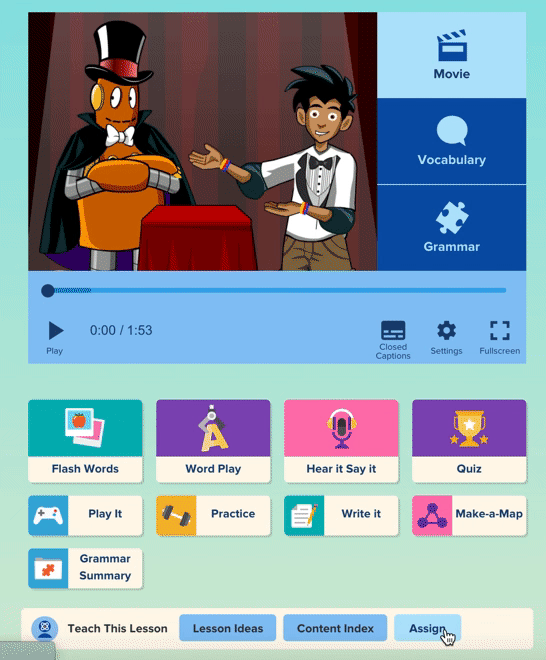1. What is the relationship between SAMR & TLC?
The relationship between SAMR and TLC is that TLC is almost like an umbrella for SAMR. TLC consists of the categories that we are using the technology for, such as planning, assessing, creating, etc and SAMR is integrated into each of these web tools to a certain degree. These web tools can be a basic substitution for a task (using word instead of hand writing an assignment) to a complete redefinition that transforms the assignment (creating a mini movie to present their favorite book instead of a book report).
2. How can the SAMR model assist you in integrating with intention?
The SAMR model will make me reflect on why I am choosing to integrate this web tool into my classroom. It will also help me evaluate if my current tools are teaching my students effectively or if they are surface level. I do like having the resource of SAMR to adjust and adapt my tech tools.
3. Which analogy for the SAMR model do you find most helpful? Be sure to include an image/video of the analogy and explain why you like it.
During the exploration of SAMR I found the coffee analogy the easiest to understand, but once becoming more familiar will the concept of SAMR, I was able to find other analogies that I liked. The one that I chose is posted above and about the task of clearing fallen snow. I found this example effective in helping me solidify the stages of SAMR and it also had a personal connection to me (always my job to shovel our driveway growing up) and thought it was fun!4. Which level of SAMR can you see yourself using most? Explain why.
For whole class instruction, I see myself using the redefinition stage the most. If I am going to incorporate a web tool I want to completely change how I am doing an assignment. For example using Kahoot as a review before their science assessment. For small groups or differentiation I would like to try and use all the levels of SAMR. One example of using the augmentation stage of SAMR for differentiation would be using the speech to text function in our word program for students who struggle with the physical aspect of writing. That way they are able to get their thoughts out without having the barriers of having to write their work.




